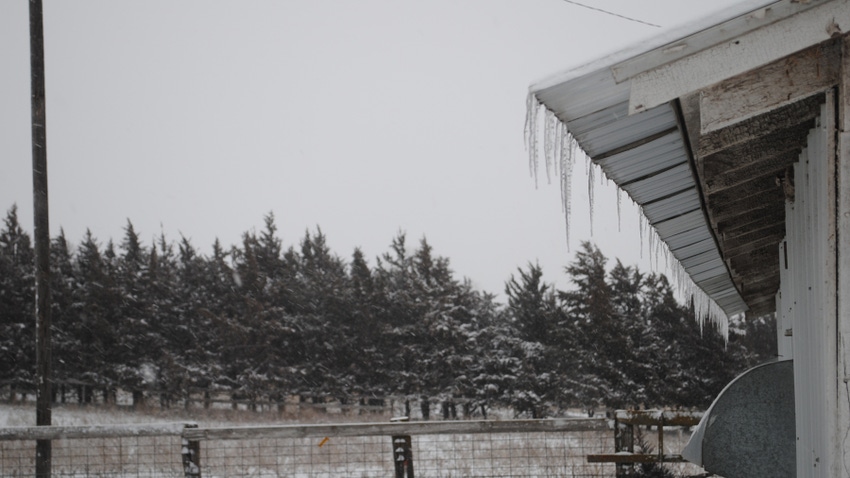
We have planted and maintained several new windbreaks around our farmstead over the past 40 years. Probably the most important aspect of the effectiveness of a windbreak is choosing the right species to plant to meet your goals for blocking wind and snow and providing shelter for wildlife.
Across the Plains, farmers in recent years have been less exuberant about planting eastern red cedar trees in windbreaks because of the invasive nature of these hardy natives. They do the job in a windbreak, grow well, survive harsh conditions and provide density to slow the wind and snow. However, they also spread into grazing lands, which can be a major drawback.
Experience with cedar
In our most recent windbreak plantings around our farmstead and livestock pens, we had one row of eastern red cedar, but we also included a row of jack pine trees to add diversity into the mixture and to reduce the number of cedar trees.
After 20 years, these newer windbreaks still have good density of cedar trees, but the jack pines over time declined, and there were gaps in the windbreak because they didn’t perform as well under the same soil and moisture conditions. That is the trade-off of replacing cedar trees with other conifers.
Gleaning from Extension and forest service sources from multiple states across the country, we find that different regions recommend unique species for windbreaks.
In Nebraska and the Plains states, Rocky Mountain juniper and Black Hills spruce, for instance, are conifers that perform well in the western part of the state — with eastern red cedar, jack pine, Norway spruce and even eastern white pine recommended for the eastern sections. Ponderosa pine and Colorado spruce are suited for both east and west.
These conifers are not without potential disease problems. Even hardy cedar trees can be susceptible to Cercospora blight. Eastern white pine are favorites for rubbing and browsing by deer and other wildlife. Pine trees can be susceptible to pine wilt, and spruce trees are known to succumb to spider mite infestations during dry years.
Looking to Extension sources in the eastern Corn Belt states, white pine and eastern red cedar, which are less of a problem in the East, are among the recommended conifers for most windbreaks.
Go to the Southern Plains, and cedar species such as Atlas, deodar and Lebanon could be recommended, along with other pines like limber and pinyon, as well as jack and Ponderosa pine.
Diversity in plantings
Most multi-row windbreaks will include conifers, broadleaf trees and perhaps shrubs, offering more shelter and food options for wildlife, a better screen to block wind and snow, and more diversity in the planting.
If you are planting between four and 10 rows for a farmstead windbreak, or two to four rows for a living snow fence, Nebraska Extension sources often recommend two to four rows of dense conifers.
For livestock windbreaks consisting of four to 10 rows, three to six of those rows might be conifers. Field windbreaks with only one or two rows of trees might have just one row of conifers. So, the number of rows of conifers depends on your goals of protection for the windbreak.
In all cases, forestry professionals with the state forest service or Extension are the best sources of recommendations when it comes to selecting the right conifers for your windbreak design.
About the Author(s)
You May Also Like






